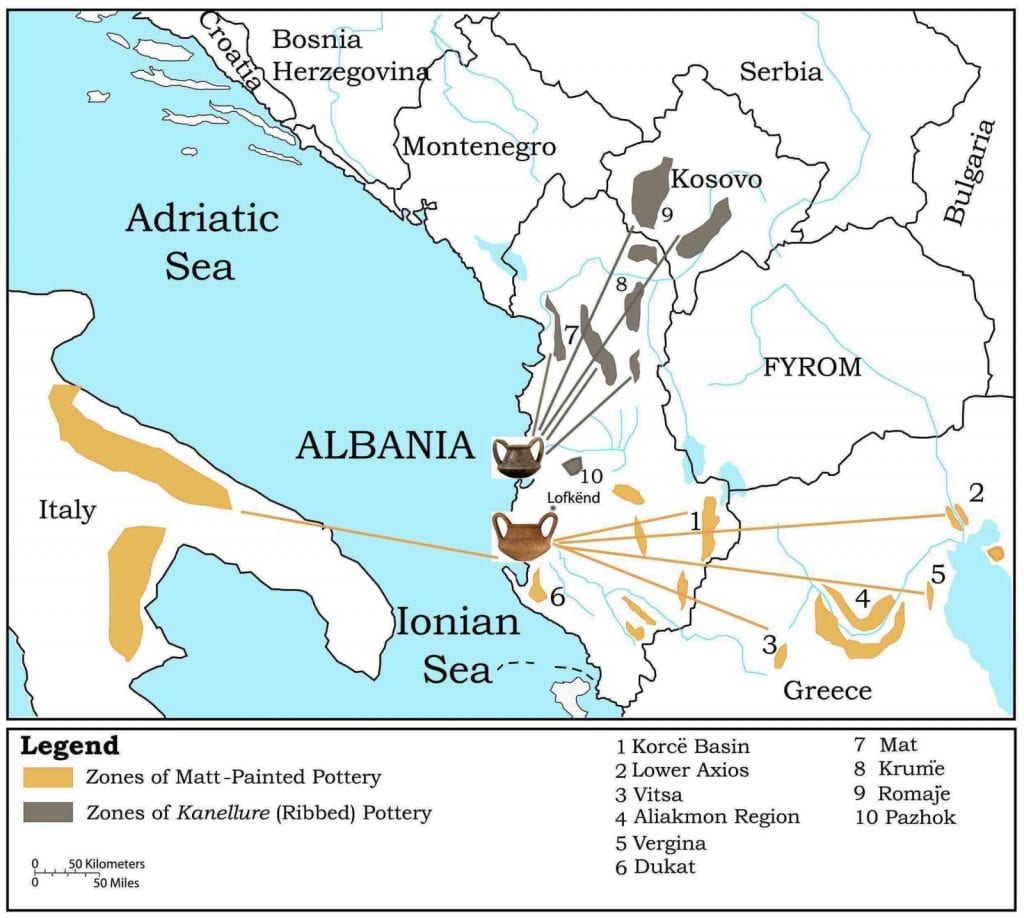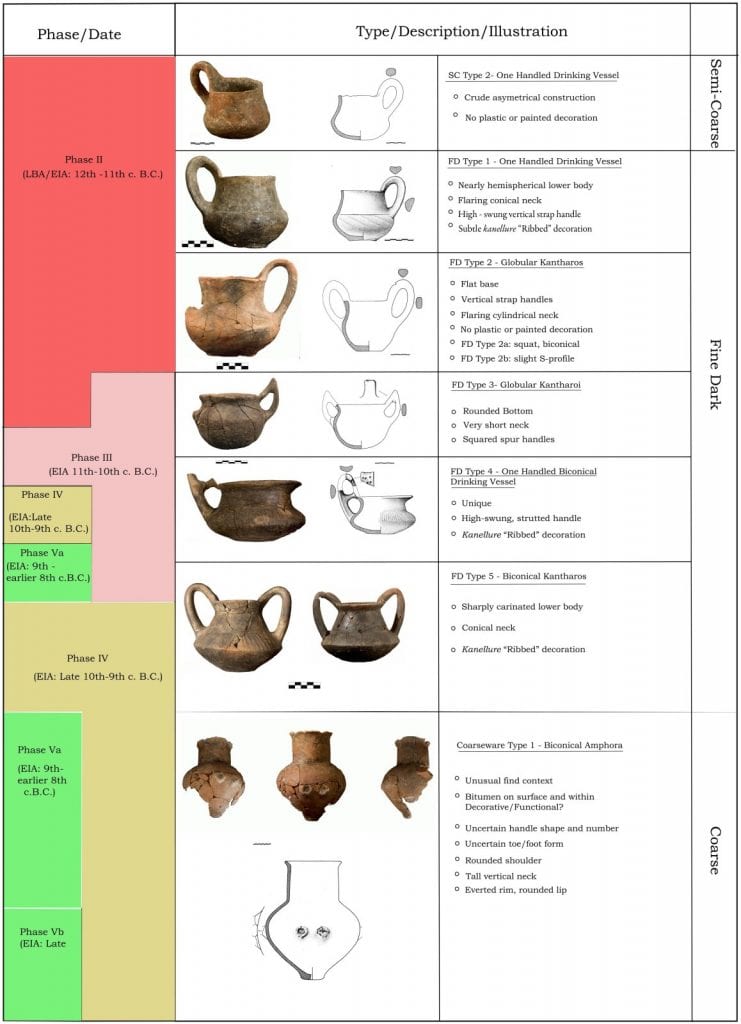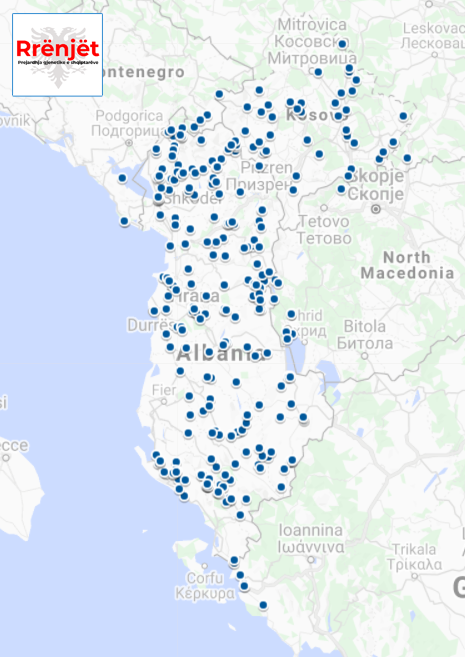The series is based on a new conference series that will take place every 2-3 years in the Balkans and whose first publication was published in 2016 as Godišnjak [Sarajevo] Vol. 47. These proceedings of the second conference in Belgrade in 2017 contain a foreword, prologue, introduction and 14 essays. These deal with the interaction in the M-SBZ of the SW Balkans, similarities and differences of the material culture of the Belegiš II-Gava Group in southern Pannonia and the Morava Basin, burials versus cremations in the SBZ between S-Carpathian Basin and W-Balkans, Dalmatia in the SBZ-FEZ, protective weapons of the SBZ, the settlement of Čepintsi in the SBZ context, settlements and burial grounds of the FEZ in Macedonia, the Sea Peoples and "Balkanism" in the SBZ archaeology, cultural continuity during the SBZ-FEZ in the western March basin , Late Hallstatt contacts between the SE Carpathian Basin and the W Balkans, belt jewelry in women of the 7th/6th c. Century in N Albania, grave customs of the EZ in N Greece, “Monochrome ware” in N Greece from the Late Geometry to the Archaic as well as object biographies of two metal vessels from a grave in Vergina / Aigai. This series is based on a new cycle of conferences to be held every 2 or 3 years in the Balkans, and the first publication of them appeared in 2016 as Godišnjak [Sarajevo] vol. 47. These proceedings of the 2nd conference in Belgrade in 2017 contain a foreword, prologue, introduction, and 14 papers. They deal with the interaction in the SW Balkans in the M-LBA, similarities and differences in the material culture of the Belegiš II-Gava Group in the South Pannonian Plain and Morava Basin, inhumation vs. cremation in the LBA between the South Carpathian Basin and the W-Balkans, Dalmatia in the LBA to EIA, body armor in the LBA, the settlement at Čepintsi in its LBA context, settlements and cemeteries in EIA Macedonia, the Sea Peoples and the discourse of “Balkanism” in LBA archaeology, cultural continuity in the Western Morava Basin in the LBA-EIA, Late Hallstatt connections between the SE-Carpathian Basin and the Western and Central Balkans, female belt adornment in 7th/6th-century N-Albania, IA burial customs in N-Greece, " monochrome ware” in N-Greece from the Late Geometric to the Archaic Period, and life cycles of two metal vessels from a 4th-century grave at Vergina / Aegae.









